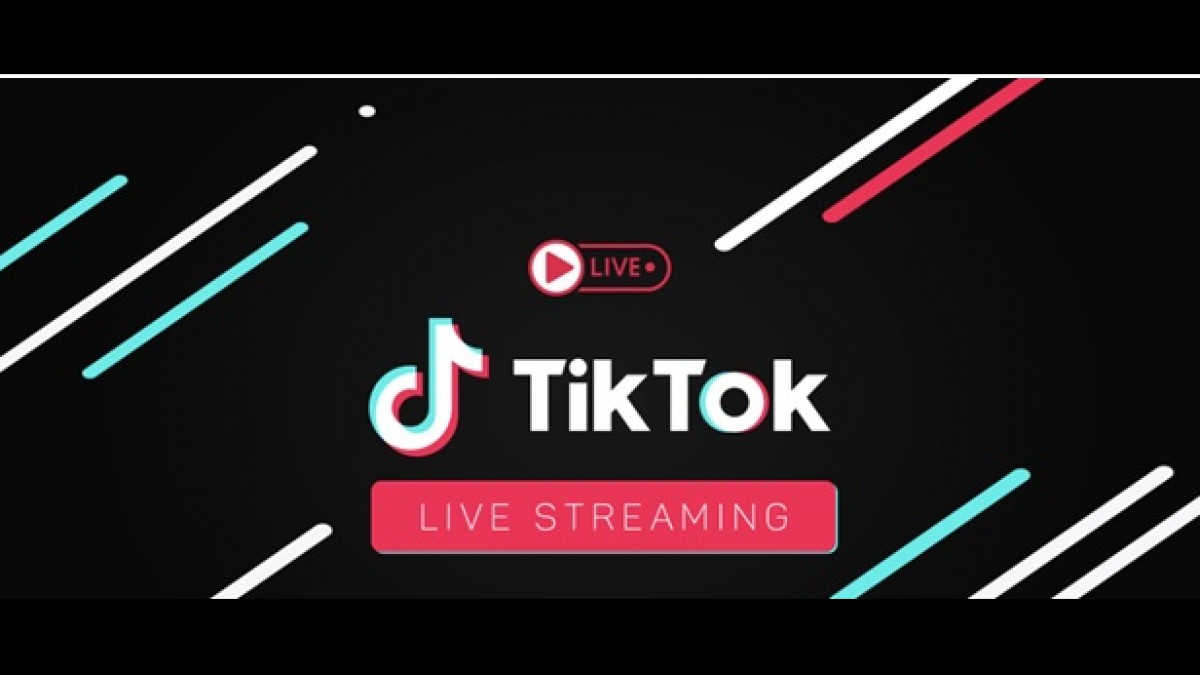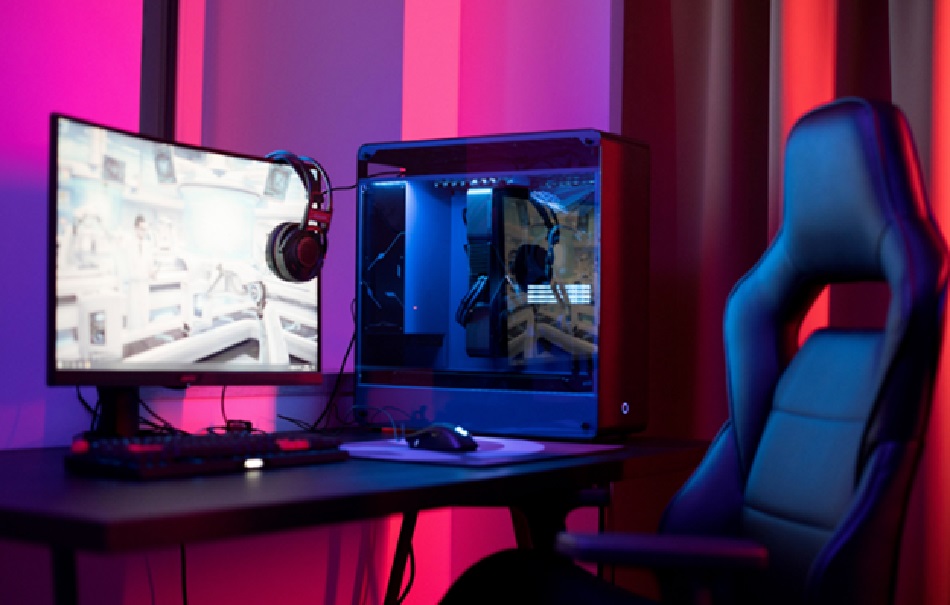Clutter is more than just an eyesore—it can weigh on your mind and affect your overall quality of life. From overflowing closets to stacks of papers and random items accumulating in the garage, disorganization creates stress, reduces productivity, and makes it difficult to fully enjoy your living or work environment. Decluttering is not just about tidying up; it’s about creating a space that promotes calm, efficiency, and a sense of control.
While decluttering may seem overwhelming at first, breaking it into manageable steps and adopting a systematic approach makes it achievable. By taking the time to assess, organize, and implement long-term solutions, you can reclaim your space and experience the mental and physical benefits of an organized environment.
Why Decluttering Matters
A cluttered space often contributes to mental clutter. Studies show that disorganized environments can increase stress, anxiety, and even impair focus. Simple tasks can become overwhelming when you can’t find what you need, leading to frustration and wasted time. Conversely, a decluttered space encourages productivity, reduces stress, and creates a positive atmosphere conducive to both work and relaxation.
Key benefits of decluttering include:
- Reduced stress and anxiety: Clean spaces promote calmness and a sense of control.
- Increased productivity: A clutter-free environment allows you to focus on essential tasks without distractions.
- Better use of space: Decluttering maximizes usable areas in your home or office.
- Simpler cleaning and maintenance: Organized spaces are easier to maintain over time.
Beyond aesthetics, decluttering has tangible mental and physical benefits that enhance overall well-being.
Step 1: Assess Your Space
The first step in decluttering is evaluating your space. Walk through your home or office and identify problem areas where clutter accumulates the most. Pay attention to frequently used spaces such as closets, kitchen counters, desks, and storage rooms. Recognizing where clutter tends to gather helps you prioritize which areas need attention first.
Take notes on the items you rarely use or don’t truly need. This initial assessment sets the foundation for a structured decluttering plan and ensures that you approach the process thoughtfully.
Step 2: Set Goals
Decluttering is most effective when guided by clear objectives. Determine what you hope to achieve by organizing your space. Goals might include creating more living space, improving workflow in an office, or establishing an organized system for frequently used items. Setting goals helps you stay motivated and provides a benchmark to measure progress as you move through the decluttering process.
Step 3: Sort and Categorize
Sorting your belongings into categories is a crucial step. A simple method is the “keep, donate, discard” approach:
- Keep: Items you use regularly or have sentimental value.
- Donate: Items in good condition that you no longer need.
- Discard: Damaged, broken, or unusable items that cannot be repurposed.
When deciding what to keep, ask yourself if the item truly adds value or function to your life. Being honest during this step prevents unnecessary clutter from lingering in your space.
Step 4: Organize and Store
Once you’ve sorted your belongings, assign specific places for each category. Shelving, bins, drawer organizers, and clear containers can maximize storage efficiency. Labeling containers or shelves ensures items are easy to find and return after use, maintaining order over time.
For items that are not frequently used, consider off-site storage. Seasonal items, hobby equipment, or sentimental belongings can take up valuable space in your home. Utilizing a secure storage facility allows you to keep these items accessible yet out of the way, making your daily environment simpler and more organized.
Step 5: Maintain Your Organized Space
Decluttering is an ongoing process, not a one-time task. Establishing habits to maintain organization ensures long-term success. Some strategies include:
- One in, one out: For every new item brought into your home, remove one item to prevent accumulation.
- Regular review sessions: Schedule weekly or monthly checks to reassess your space and remove items no longer needed.
- Clear surfaces: Avoid using counters, desks, or tables as temporary storage for clutter.
- Smart storage solutions: Utilize multi-purpose furniture, hooks, and containers to maximize your space efficiently.
By consistently practicing these habits, you can prevent clutter from returning and maintain a streamlined, functional environment.
The Mental and Physical Benefits
Decluttering offers benefits beyond a visually appealing space. It positively impacts mental health, reduces stress, and improves focus. In organized spaces, you can move freely, locate items quickly, and approach daily tasks with a sense of control. A clean, well-arranged environment also encourages healthier habits and reduces physical strain from navigating cramped or disorganized areas.
Additionally, decluttering can create more usable space, enabling you to incorporate exercise areas, reading corners, or creative workspaces. The ripple effect of a well-organized environment touches every aspect of your life, fostering balance and clarity.
Conclusion
Decluttering is a powerful tool for improving your environment and enhancing your well-being. By assessing your space, setting goals, sorting belongings, and implementing effective storage solutions, you can simplify your surroundings and create a space that works for you.
For items that require additional space, a reliable facility like GTS Storage provides secure, flexible options to store belongings while keeping your home or office clutter-free. With the right approach, decluttering becomes a sustainable lifestyle choice that brings both mental clarity and practical organization to your everyday life.



